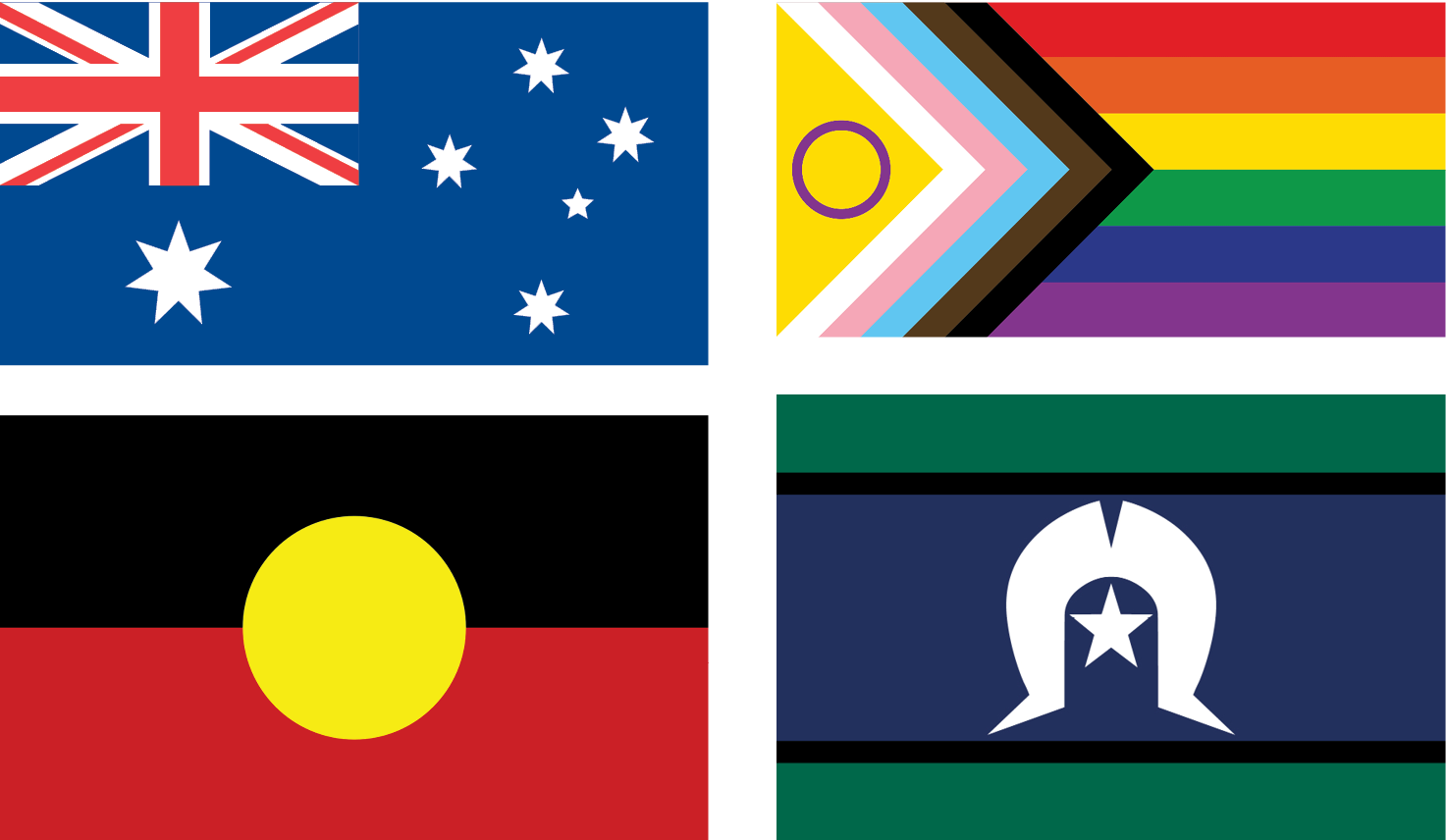Gladstone support service helping people impacted by “ice”
Alcohol and Drug support workers at Lives Lived Well Gladstone say about 60 per cent of the people presenting to their service are misusing methamphetamines, predominantly the drug “ice”.
The Gladstone service reports that they are seeing “ice” affecting people from a range of backgrounds. It is not gender specific and is mostly impacting those aged between 19 and 35 years.
They also work to help people who have problems with alcohol, though this now represents about 30 per cent of their intake, and they are mostly aged over 35 years.
Manager of Operations – Qld Community Services, Leah Tickner says while only a very small percentage of the population are using methamphetamines, those who want to misuse the drug can do so all too easily.
She says the Gladstone service believes that the supply of “ice” is plentiful, easily accessible and affordable with anecdotal evidence indicating that the drug is being shipped into Queensland portside towns, like Gladstone, from overseas.
“We are very concerned about the terrible impacts it is having on people’s lives. People in Gladstone are often stressed due to shift work or financial issues, and in recent times many have been made redundant. When people are going through tough times, drug or alcohol misuse tends to increase as people seek an escape or a release. The demand for the drug is here and the supply is here.”
She says “ice” is tearing up people’s lives, with many people who come to us for support reporting that misusing the drug has ruined their life; that they have lost their family, their children, their job or their house as a result of it.
“If people feel that ice is impacting their lives, we urge them to get help. They don’t have to struggle with it alone.”
Lives Lived Well Gladstone provides free drug and alcohol counselling. Their professional and confidential support can be accessed face to face or over the phone.
We help people who have problems with drugs or alcohol, and can provide support to their loved ones.
Call us on 1300 727 957 for a chat or visit our website at www.liveslivedwell.org.au
The Facts on “ICE”
What is “ICE”?
Crystal Methamphetamine Hydrochloride is an extremely addictive synthetic drug. “ICE” is one of its street names, it is also known as: Rock, Crank, Trash, Cookies, G, Shard or Quartz. “Ice” is more potent than other forms of amphetamines.
Ice appears as large, transparent and sheet-like crystals. It may have a hint of pink, blue, green or even brown coloration; dependent on the cooking method.
What do people experience – stages of “ICE” misuse:
Rush … The initial response where the heartbeat races, metabolism, blood pressure and pulse soar, lasts 20 to 40 minutes
High … The person feels aggressively smarter and becomes argumentative, can last four hours to 3 days
Binge … The person becomes hyperactive both mentally and physically with an urge to maintain the high, can last between three to fifteen days.
Tweaking … The person loses their sense of identity. Intense itching is common, psychotic state and hallucinations may be experienced.
Crashing down … the body shuts down and the person may sleep.
Hangover… starved, dehydrated and utterly exhausted physically, mentally and emotionally. Can last from two to 14 days.
Withdrawal … the person can experience depression, loss of energy and the ability to experience pleasure. Can last from 30 – 90 days to 3 years.
How is ICE taken?
Ice is known to be smoked, swallowed, snorted and injected.
Effects
Long term use can cause long term damage including:
•Memory loss and inability to learn new skills
•Strokes or an irregular heartbeat
•Liver, kidney and lung damage
•Weight loss, severe tooth decay and skin sores
•May lead to collapse or death
•Extreme mood swings including violent behaviour or psychotic episodes.
For all media enquiries contact:
Michelle Saftich – Marketing & Media Officer
e [email protected] or [email protected]



